How Regenerative Tourism Can Make You a Better Traveler
More than just leaving a place better than you found it, regenerative travel offers a new way to think about and experience the world.
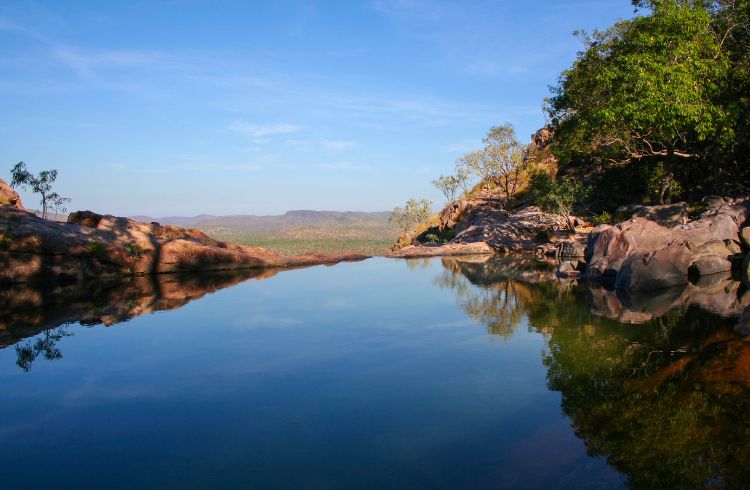 Photo © Getty Images / Michael Preston
Photo © Getty Images / Michael Preston
Not so long ago, when we were confined to our homes and neighborhoods by a global pandemic, the world’s travel lovers talked and thought about “doing travel differently” when we were allowed out again. We imagined new ways of traveling that didn’t just minimize the impact of our travels but actually benefited the people and places we visited.
Now, with most of the world open to travelers again, and tourism rapidly ramping up to business-as-usual, the emerging concept of “regenerative travel” promises to answer that call to action by offering a radically new, yet ancient, way for us all to travel better.
- What exactly is regenerative travel?
- Sustainable vs regenerative travel
- So, is sustainable travel dead?
- Where does climate action fit in?
- Regenerative travel in practice
- How to be a regenerative traveler
What is regenerative travel?
At its simplest, regenerative travel can be defined as leaving a destination better than we found it. Giving back more than we take. Improving the natural places and communities we visit, particularly those damaged by, for instance, increasing urbanization or natural disasters. As Lethabo-Thabo Royds from the World Travel & Tourism Council puts it, “Instead of only leaving a lighter footprint, we’re using that footprint to fertilize that area so it can regenerate and grow even stronger in the future”.
But that doesn’t go far enough, according to regenerative tourism expert Anna Pollock. Regenerative travel involves a complete “paradigm shift”, she says, to a more holistic and nature-based way of seeing the world that’s closely connected to indigenous views of life and living systems, and a return to a life-centric rather than an extractive model.
“The shift is from seeing the world as a machine with a collection of scarce resources, for which individual and separate humans have the right to compete and exploit, to one that sees Planet Earth, and all life on it, as comprising a set of interdependent, self-organizing living systems that flourish and generate abundance by ensuring the thrivability of each other,” says Pollock, CEO of Conscious Travel, a UK-based social enterprise that helps tourism businesses become “conscious hosts”.
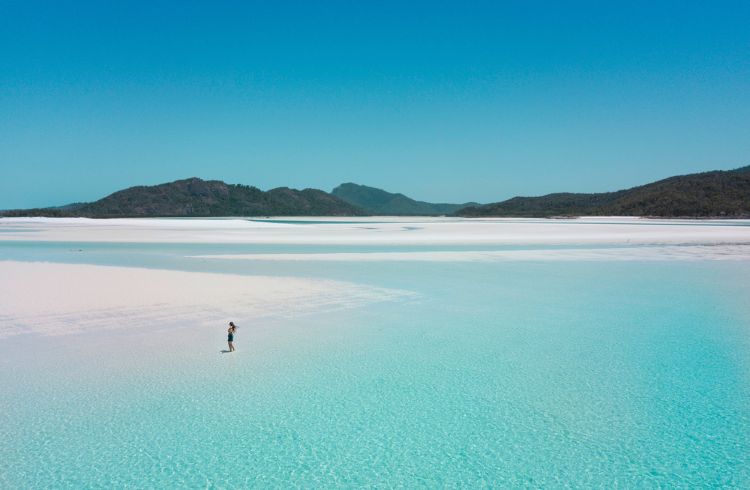
Sustainable vs regenerative travel
“Regenerative tourism really represents a shift beyond sustainability,” agrees Dr Dianne Dredge, founder of The Tourism Colab, a Brisbane-based consultancy set up in 2019 to explore new ways to help tourism become more “place-based, community-led and environment-centered”.
“Sustainability comes from an industrial tourism industry mindset, where we’re really trying to build the industry’s capacity to shift towards green or sustainable tourism. Regenerative tourism pushes this further and suggests that we really need to change our mindsets and we need a new relationship with nature and with communities.”
There’s another important difference, says Anna Pollock. While sustainable travel often seems to be about less – less impact, flying less, fewer emissions – regenerative travel is about more. “It’s just that ‘more’ is being defined differently,” she says. “It’s about generating more of the things that count: health, vitality, resilience, our capacity to care for one another, community.”
So, is sustainable travel dead?
The short answer: no. “We definitely need sustainable practices, to shrink our footprint, use fewer resources, generate less waste, do less harm,” says Anna Pollock. “But there were two problems with just doing that: we’re not keeping pace with our own growth and we need to ask, ‘What are we trying to sustain?’ If we’re trying to sustain a system that is now recognized as being flawed, we’re not going to get the thriving economy we want or a healthy, thriving planet.”
Also, some definitions of sustainable travel are more inclusive than others. “True sustainability is not about maintaining the status quo (especially if the status quo means maintaining degraded systems or failing systems),” says Dr Gregory Miller, executive director of the Center for Responsible Travel, based in Washington, DC, “but rather is about protecting and stewarding functional and working natural, cultural, and economic systems that promote the triple bottom line: people, planet, and prosperity. We believe regenerative travel can help restore nature and culture in a destination, building on the foundation of sustainable tourism, putting us on a path to achieving true sustainability.”
Where does climate action fit in?
Of course what’s “sustainable” or “regenerative” will inevitably change as the world changes. “When Intrepid went carbon neutral in 2010, that was a big deal,” says Dr Susanne Etti, Global Environmental Impact manager at Intrepid Travel, “but with the climate emergency becoming increasingly urgent, carbon neutrality now isn’t enough.
“So, we’re developing pathways to decarbonize our company using science-based targets and making our trips low-carbon where we can. For example, by removing short flights from itineraries, introducing hybrid and electric vehicles on some trips and developing more domestic products so people can travel without taking carbon-intensive international flights.”
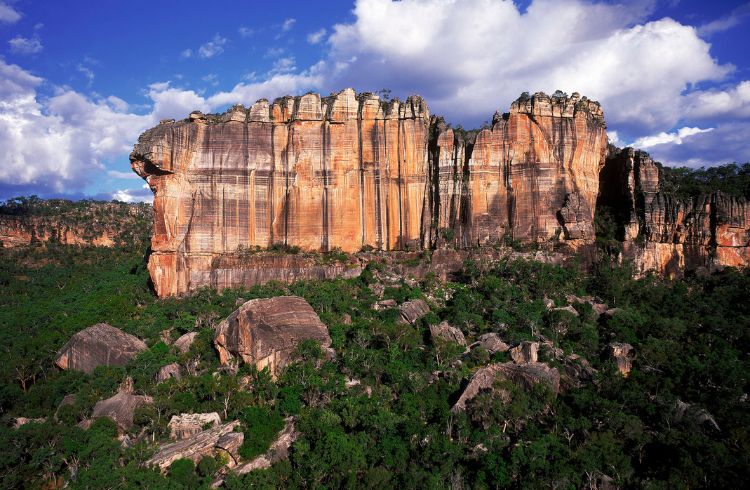
Regenerative travel in practice
Indigenous-owned and -managed travel companies are often naturally regenerative with their attitude of respect for land and sea and a deep awareness of the interdependence of people and place.“So many of the design principles that inform or shape regenerative thinking match almost entirely the world view of indigenous peoples around the world,” says Anna Pollock.
Welcome to Country is a good place to find authentic First Nations experiences across Australia; it’s an Aboriginal-run not-for-profit set up to create employment and economic opportunities for Aboriginal and Torres Strait Islander people and their communities.
Then there’s the Malama Hawaii Program, launched in 2020 and based on the Hawaiian word malama, meaning “to care for”, which encourages visitors to participate in regenerative activities, such as planting native trees and restoring traditional Hawaiian fishponds, with local businesses offering incentives such as free hotel nights to participants. “Our goal is to attract mindful visitors who will leave Hawaii better than when they arrived,” says Hawaii Visitors and Convention Bureau President and CEO John Monahan. “By doing so, visitors will experience a deeper connection and a vacation that really becomes more meaningful to them.”
Community-owned tours, stays and experiences are often inherently regenerative too. World Expeditions and Intrepid Travel, for instance, have long worked with communities in the countries they operate in, to develop hands-on community-based trips that benefit those communities by enlisting travelers to, say, help build schools in Nepalese villages. There are also community-based accommodation booking platforms such as Fairbnb in Europe and Wayfairer in Melbourne, launched earlier this year, where 50 percent of booking fees are re-invested into regenerative projects that benefit local communities and their natural environments.
How to be a regenerative traveler
Being a regenerative traveler essentially means “learning to see our home, planet Earth, our relationship with it and with each other through fresh eyes,” says Pollock. “We’re being asked to think how nature thinks and act accordingly and develop much higher levels of “eco-literacy” by spending more time in nature, observing and listening.”
It's also about asking questions from this new perspective, asking tour operators, accommodation providers and travel companies how their tours, stays, experiences or operations regenerate the destinations you’re planning to visit.
How can you tell if an experience is truly regenerative? Dianne Dredge suggests using this benchmark: “Regenerative principles are founded on holistic management approaches, mutual respect, networked relations and connection with nature and all living and non-living things. Regenerative tourism is not guided by metrics [such as the UN’s Sustainable Development Goals, useful as they can be] but comes from a deeper ethical position not only to do no harm but to give back more than we take, i.e. to regenerate.”
Maybe we can ask ourselves a simple question, too, whenever we’re planning a trip: will visiting this place, staying at this hotel or doing this tour make the world a better place in some way? Imagine if you could say “yes” to that question every time. Imagine if every one of us made this a natural part of our pre-trip process. It’s not such a big leap from there to imagine travel in all its forms becoming the force for good we always hoped it would be.
Related articles
Simple and flexible travel insurance
You can buy at home or while traveling, and claim online from anywhere in the world. With 150+ adventure activities covered and 24/7 emergency assistance.
Get a quote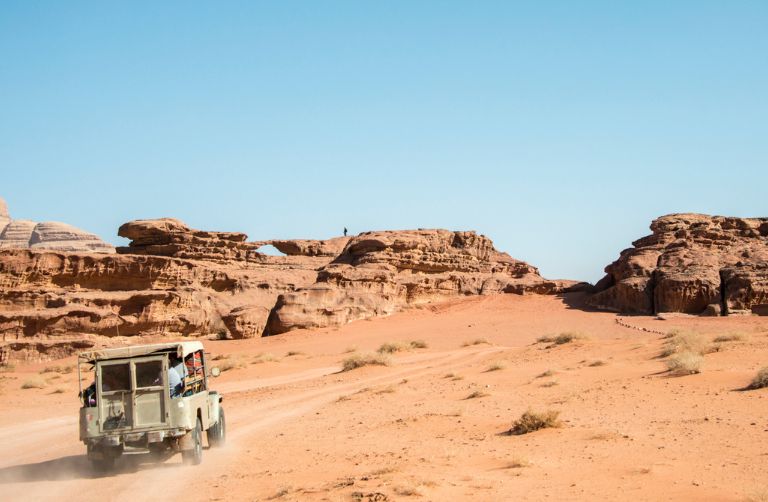
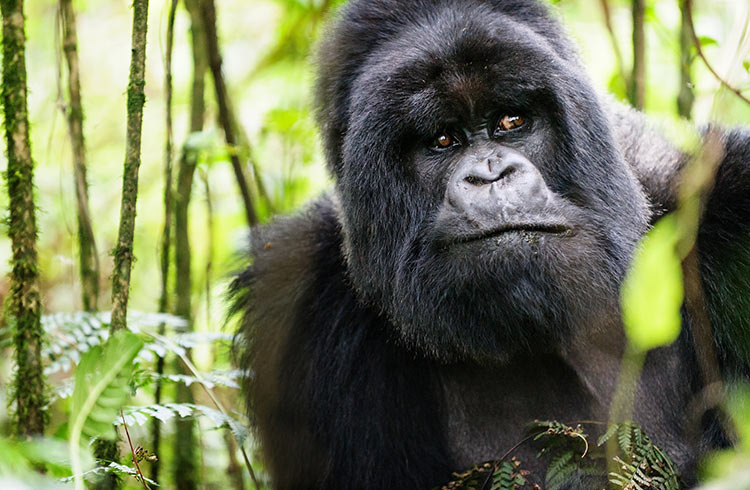
No Comments